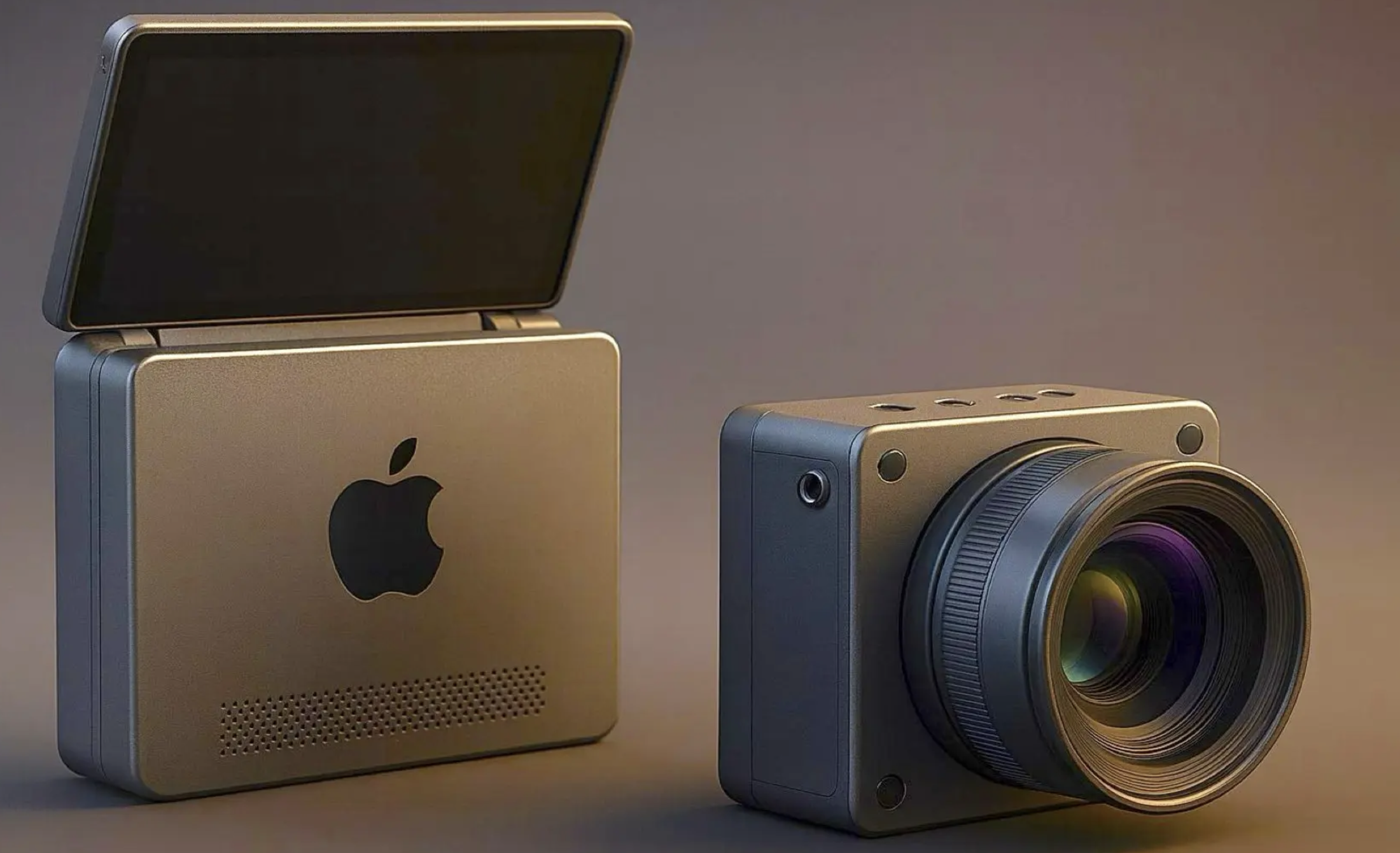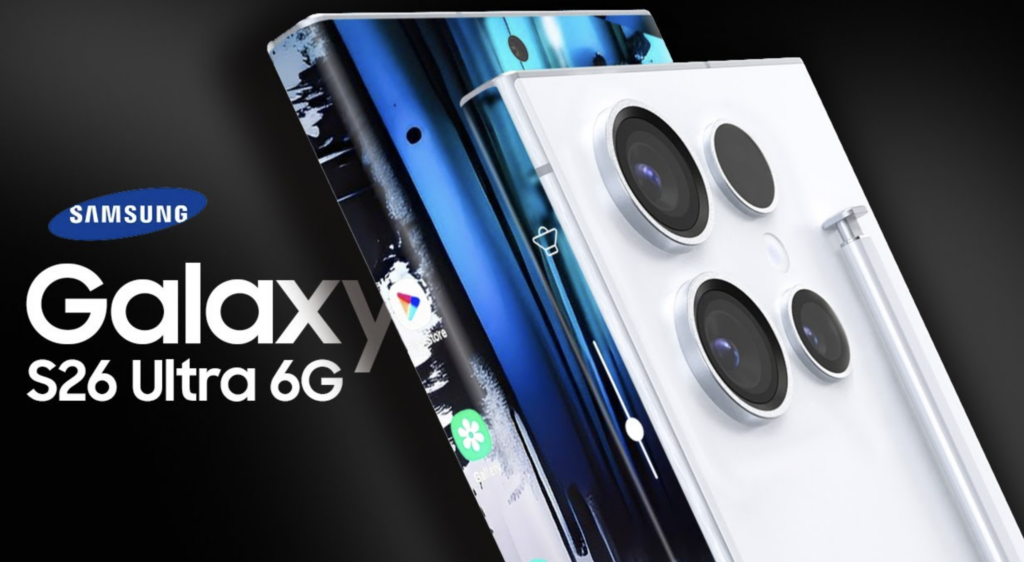Apple has applied for a patent involving a technology that has the potential to enable Siri to understand lip movements using motion signals. Initially proposed in January this year, this ground-breaking idea allows Siri to theoretically recognize motions of the mouth and head to improve accuracy and minimize the requirement for ongoing microphone utilization.

Revolutionizing Voice Commands
As described in a recent AppleInsider report, the newly disclosed patent application, titled ‘Keyword Detection Using Motion Sensing,’ essentially operates in line with its name’s implication. Upon obtaining data from a motion sensor, the system assesses whether any element of the motion data matches the reference data and actively searches for particular phrases or words.
The patent illustrations explicitly reference vocal instructions such as ‘Hey, Siri,’ ‘Skip,’ and ‘Next song,’ and discuss how these commands could be enhanced through motion sensing. Current voice recognition systems, like Siri, frequently suffer from reduced accuracy due to factors like background noise, and they also demand significant battery and processing resources.
Nevertheless, the novel system would leverage existing motion sensors such as gyroscopes or accelerometers to ascertain whether movements of the mouth, neck, and head signify human speech.
Exploring Apple’s Patented Motion Detection for Enhanced Siri and Beyond
As per the documentation, it possesses the capability to identify subtle alterations in facial muscle activity, head movements, or vibrations. Should the motion detection occur rapidly enough, it could potentially enable Siri to activate the microphone in a timely manner to capture the remaining portion of the statement.
Although Apple hasn’t indicated its intentions regarding extending the new system to non-Siri devices, the motion sensor technology could potentially find integration into other Apple products, such as the forthcoming mixed reality headset, Vision Pro, or AirPods.
Given that Apple regularly submits numerous patents annually, with many not materializing into consumer products, it remains uncertain whether the tech giant will ultimately incorporate motion-based lip reading into upcoming products.













